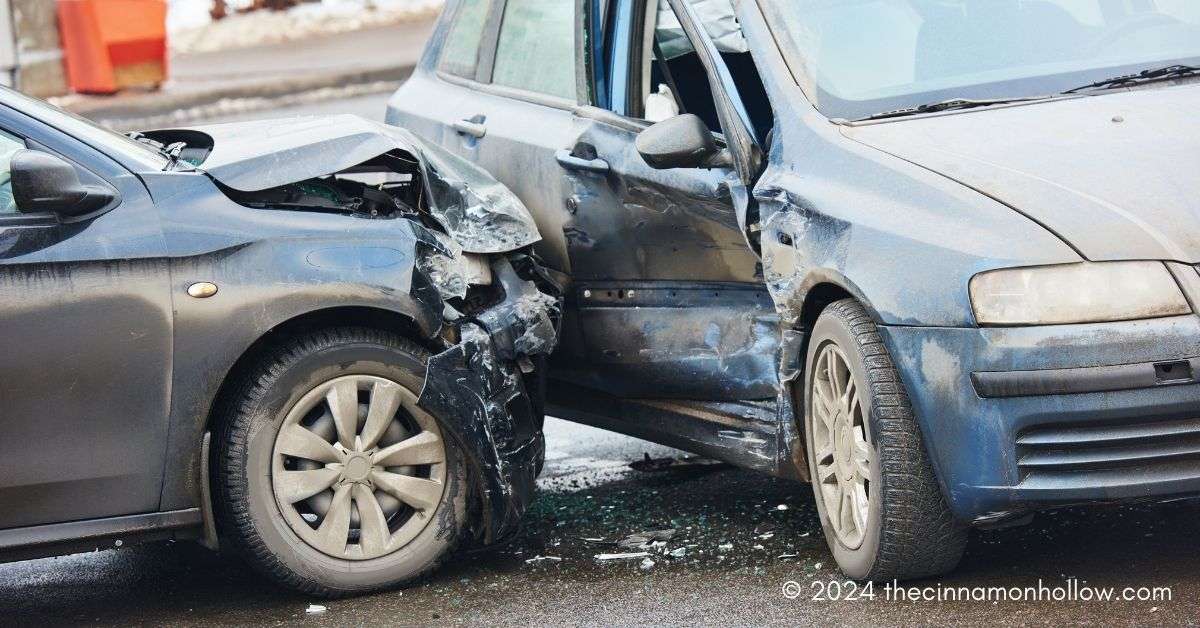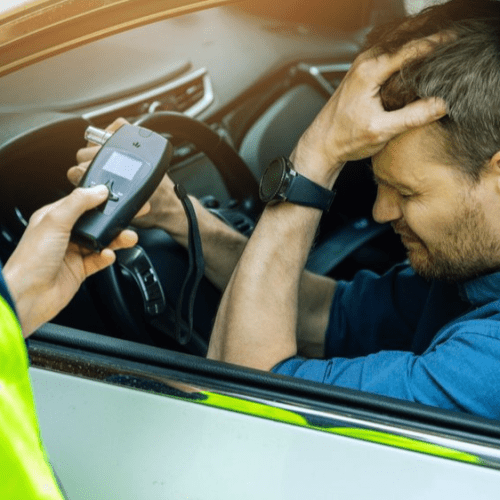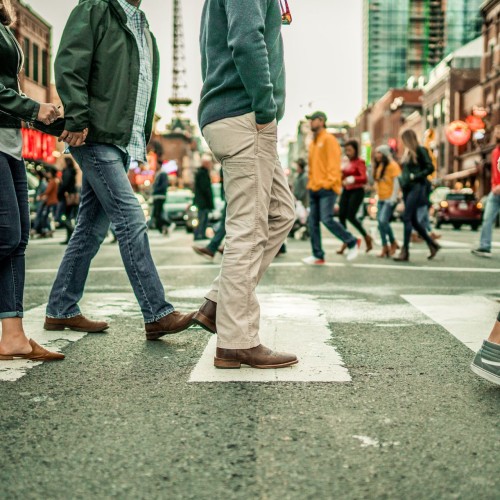Car accidents are distressing events that can occur in various forms, each with its unique implications. One such type is the T-bone car accident, also known as a broadside or side-impact collision. Here, we’ll dive into what defines a T-bone accident, its causes, consequences, and offer guidance on what to do if you’ve been injured in one.
What is a T-Bone Car Accident?
A T-bone car accident occurs when the front of one vehicle collides with the side of another, forming a “T” shape. These collisions frequently transpire at intersections when one vehicle fails to yield the right of way, runs a red light, or stops sign. They can also occur due to speeding, distracted driving, or adverse weather conditions.
Causes of T-Bone Car Accidents
- Failure to Yield: One of the most common causes is a driver’s failure to yield at an intersection. This can happen when a driver runs a red light or fails to stop at a stop sign.
- Distracted Driving: Activities like texting, adjusting the radio, or eating while driving can divert a driver’s attention from the road, increasing the likelihood of an accident.
- Speeding: Excessive speed reduces a driver’s ability to react promptly to changing traffic conditions, especially at intersections, where quick decisions are crucial.
- Impaired Driving: Driving under the influence of alcohol or drugs impairs judgment, coordination, and reaction times, significantly raising the risk of accidents.
- Poor Weather Conditions: Rain, snow, or ice can make roads slippery, increasing the distance required to stop and making it harder to maintain control of a vehicle.
Consequences of T-Bone Car Accidents
T-bone accidents often result in severe injuries and property damage due to the nature of the collision:
- Injuries: Occupants on the side of the vehicle struck are particularly vulnerable to injury, as they have less protection from the impact. Common injuries include whiplash, fractures, spinal cord injuries, traumatic brain injuries (TBIs), and internal organ damage.
- Property Damage: The force of a T-bone collision can cause significant damage to vehicles involved, sometimes leading to total loss or extensive repairs.
- Emotional Trauma: Car accidents can be emotionally traumatic for those involved, leading to anxiety, depression, or post-traumatic stress disorder (PTSD).
- Legal and Financial Burdens: Dealing with insurance claims, medical bills, and legal proceedings can be overwhelming for accident victims, adding to their stress and anxiety.
What to Do if Injured in a T-Bone Car Accident
If you’ve been injured in a T-bone car accident, it’s essential to take the following steps:
- Seek Medical Attention: Your health and safety are the top priorities. Even if you don’t feel injured immediately after the accident, it’s crucial to seek medical attention promptly. Some injuries may not manifest symptoms right away but could worsen over time if left untreated.
- Call the Police: Contact law enforcement to report the accident. The police report will document the details of the accident, which can be valuable for insurance claims and legal proceedings.
- Exchange Information: Exchange contact, insurance, and vehicle information with the other driver(s) involved in the accident. Be sure to get contact information from any witnesses as well.
- Document the Scene: Take photos of the accident scene, including vehicle damage, skid marks, road signs, and traffic signals. This documentation can support your insurance claim and provide evidence in legal proceedings.
- Notify Your Insurance Company: Report the accident to your insurance company as soon as possible. Provide them with accurate information about the accident and cooperate fully with their investigation.
- Consult with an Attorney: If you’ve sustained injuries in the accident, consider consulting with a car accident attorney. An attorney can help protect your rights, navigate the legal process, and pursue compensation for your injuries and damages.
- Follow Medical Advice: Attend all medical appointments and follow your healthcare provider’s treatment plan. Keep records of your medical treatment and expenses, as these will be important for your insurance claim or lawsuit.
- Stay Calm and Patient: Dealing with the aftermath of a car accident can be stressful and frustrating, but it’s essential to stay calm and patient throughout the process. Focus on your recovery and seek support from friends, family, or mental health professionals if needed.
T-bone car accidents can have serious consequences for those involved, including injuries, property damage, emotional trauma, and financial burdens. If you’ve been injured in a T-bone accident, prioritize your health and safety, seek medical attention, report the accident to the authorities and your insurance company, gather evidence, and consider seeking legal representation to protect your rights and pursue compensation.
We are not lawyers and this is in no way intended to be used as legal advice . We cannot be held responsible for your results. Always do your own research and seek professional legal help.





